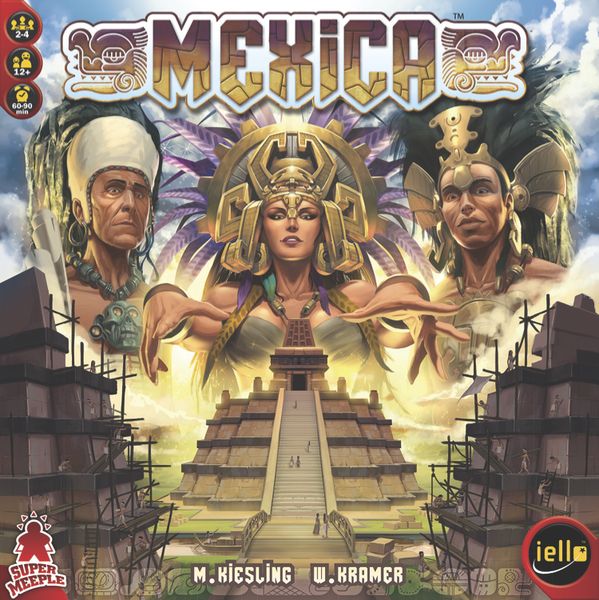Mexica (2002) Board Game
Mexica is a board game designed by Michael Kiesling and Wolfgang Kramer, released in in 2002. The game is set in the ancient Aztec empire, where players take on the roles of architects competing to build the most prestigious districts in the city of Tenochtitlan. With its unique blend of abstract strategy, city building, and territory building mechanics, Mexica has gained a reputation as a challenging and engaging game for 2 to 4 players.
Game Components of Mexica
How To Setup Mexica
To set up Mexica, players first place the game board, which depicts the city of Tenochtitlan on an island in Lake Texcoco. Each player chooses a chieftain and places it on the board. The canal tiles, district tokens, buildings, and bridges are sorted and placed within easy reach. The game requires about 10 minutes to set up.
Gameplay Mechanics and Game Objective
Mechanics:
Game Objective:
Player Experience
Playing Mexica involves a dynamic interplay of strategy and tactical maneuvering. Players must partition the city into districts, build structures, and place their chieftains to maximize their influence. The game is known for its open information, meaning all player actions and strategies are visible, leading to a competitive and sometimes disruptive environment where players can sabotage each other’s plans. This creates a narrative of district battles and strategic outmaneuvering, making each game unique.
Pros
Cons
Personal Thoughts on Mexica
Mexica is ideal for experienced board game enthusiasts who enjoy strategic games with a high level of interaction and competition. It is not recommended for players who prefer cooperative games or those who are sensitive to direct competition and strategic sabotage. The game’s unique blend of tile placement, area control, and action point management makes it a standout in the strategic board game genre. However, it may not be the best fit for younger players or those looking for a light, casual gaming experience.
We are supported by our audience. When you purchase through links on our site, we may earn an affiliate commission, at no extra cost for you. Learn more.

